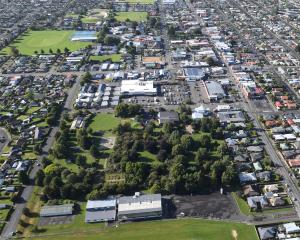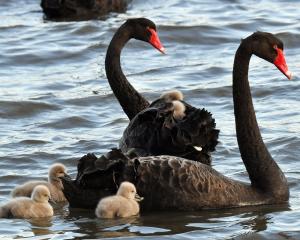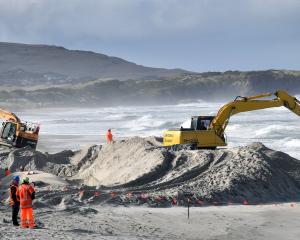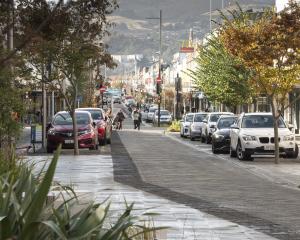Keen to simulate the tail of a comet, Otago Museum science communicator Amadeo Enriquez-Ballestero climbs a stepladder and pours boiling water into a bucket of liquid nitrogen, the temperature of the latter about minus 200degC.
The result is a spectacular plume of water vapour, which engulfed him completely.
Demonstrating to about 20 pupils at the Beverly-Begg Observatory at Robin Hood Park, as part of the University of Otago's 26th Hands-On Science school, the Spanish-born educator discussed how comets - sometimes termed ''dirty snowballs'' - form long, cloudy tails as they approach the sun.
He showed what happens when water and other substances, found in the head of a comet, are vaporised. Mr Enriquez-Ballestero, wearing full protective gear, briefly disappeared into a big cloud of whitish water vapour.
''For a moment I was in the tail of a comet,'' he later said with a smile.
About 240 senior secondary school science pupils from throughout New Zealand are attending the week-long school.












